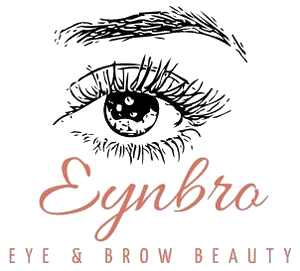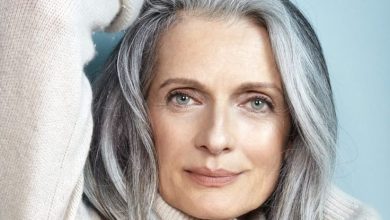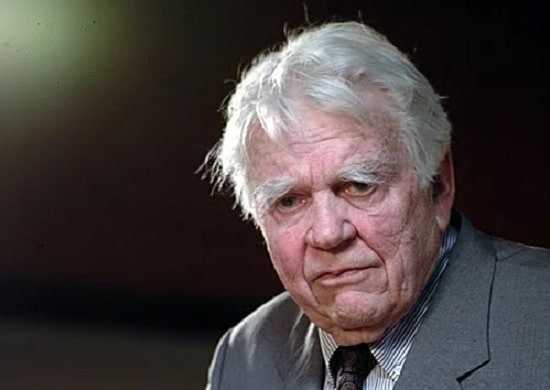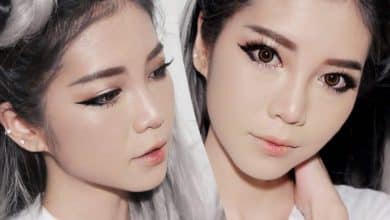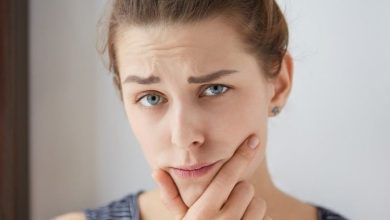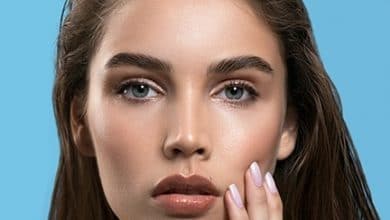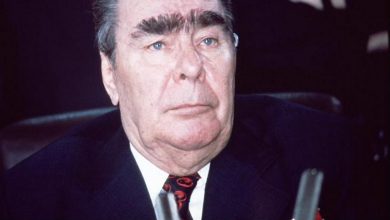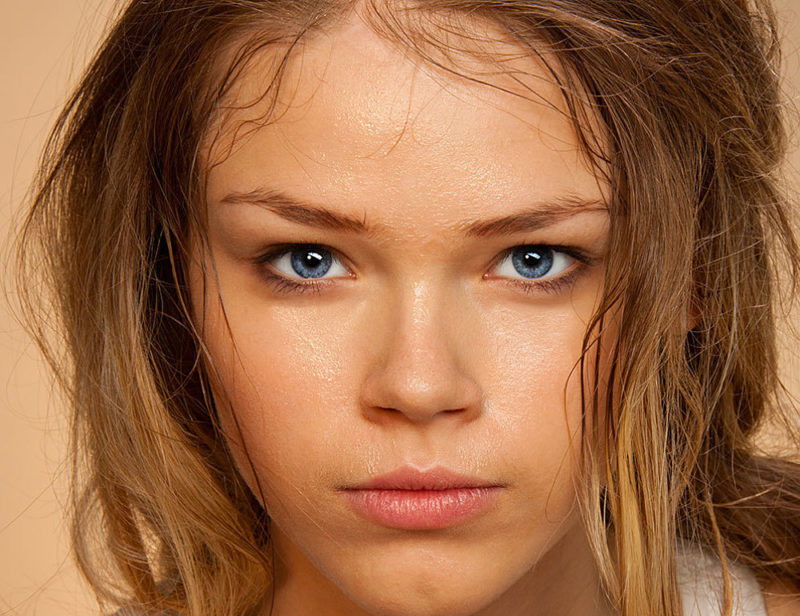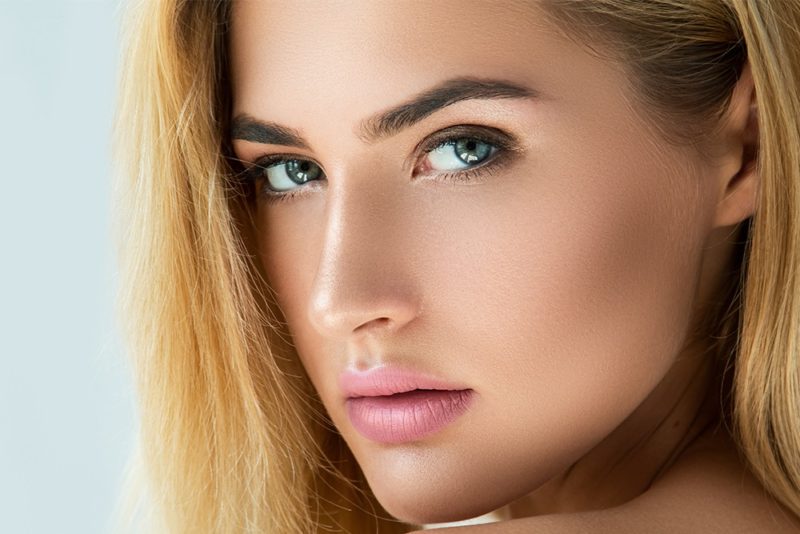Asian Eyebrows vs Caucasian: Understanding the Differences and Styles
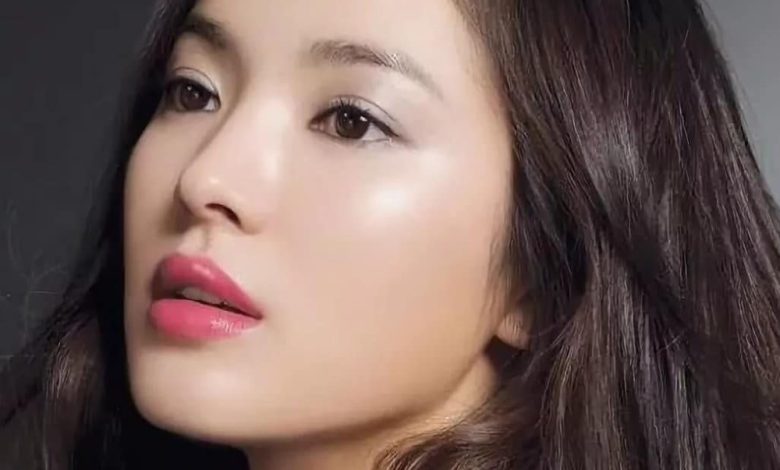
When it comes to beauty and facial features, eyebrows play a significant role in framing the face and enhancing one’s overall appearance. Eyebrow trends and preferences can vary across different ethnicities, with Asian eyebrows and Caucasian eyebrows often showcasing distinct characteristics. In this article, we will explore the differences between Asian eyebrows and Caucasian eyebrows, delve into the various eyebrow styles popular among these ethnicities, and discuss the cultural significance attached to eyebrows in Asian and Caucasian communities.
Asian Eyebrows: Definition and Features
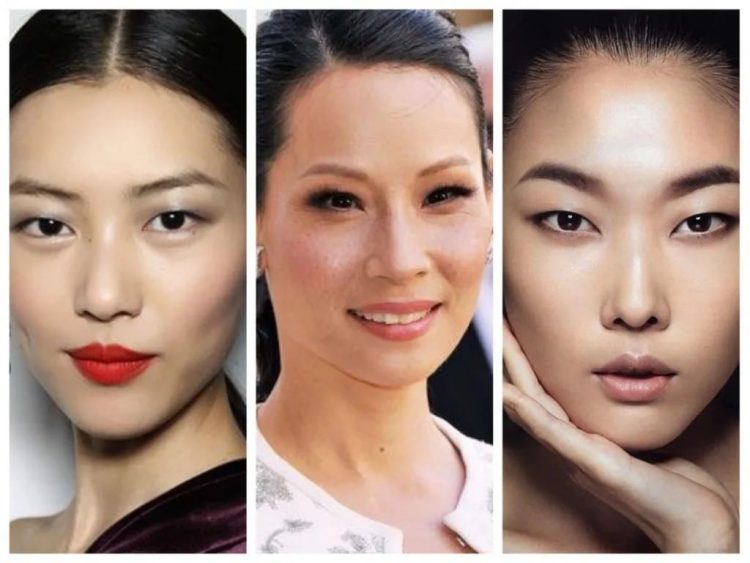
Asian eyebrows refer to the eyebrow characteristics commonly found in individuals of East Asian descent, such as Chinese, Japanese, Korean, and other Asian ethnicities. Several key features distinguish Asian eyebrows from other types:
1. Shape: Asian eyebrows often have a straighter and more horizontal shape compared to other ethnicities. This shape gives the appearance of a longer and flatter brow line.
2. Thickness: Generally, Asian eyebrows tend to be thicker and denser. This fullness can contribute to a more youthful appearance.
3. Arch: Asian eyebrows typically have a subtle or nonexistent arch. The arch may appear more gradual, starting closer to the outer third of the brow.
Caucasian Eyebrows: Definition and Features
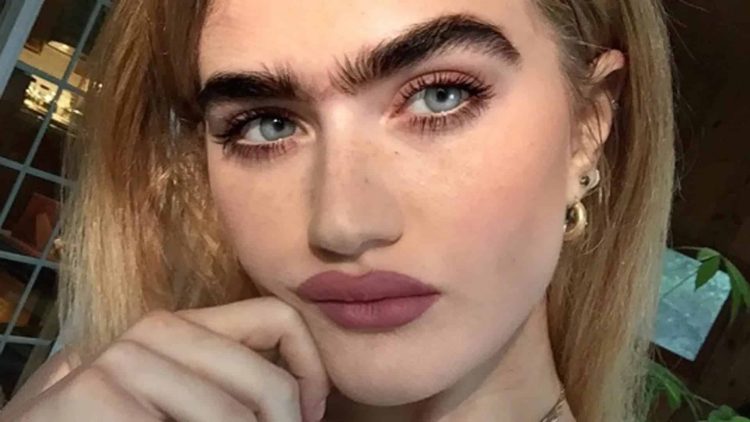
Caucasian eyebrows represent the typical eyebrow characteristics seen in individuals of Caucasian or European descent. Here are some key features associated with Caucasian eyebrows:
1. Shape: Caucasian eyebrows can vary in shape but often exhibit a gentle arch. This arch is usually more pronounced than that of Asian eyebrows.
2. Thickness: Caucasian eyebrows tend to be less dense compared to Asian eyebrows. The hair is often finer and less voluminous.
3. Arch: The arch of Caucasian eyebrows is often more prominent, creating a lifted and defined look.
4. Hair Texture: The hair texture of Caucasian eyebrows can range from straight to wavy or even curly. This diversity allows for a wider range of styling options.
Popular Eyebrow Styles among Asians and Caucasians
Both Asian and Caucasian individuals have developed various eyebrow styling preferences that are influenced by cultural trends, personal choices, and fashion. Let’s explore some popular eyebrow styles among these two ethnicities:
Asian Eyebrow Styles
- Straight and Full: This style embraces the natural straight shape of Asian eyebrows, emphasizing their fullness. It focuses on grooming and filling in sparse areas while maintaining a more horizontal appearance.
- Korean Straight Brow: Inspired by K-beauty trends, this style involves creating a straight eyebrow shape with minimal arch. It aims for a soft and youthful look.
- Feathery Brows: This style focuses on achieving a textured and feathered appearance, mimicking the look of natural eyebrow hairs. It often involves using eyebrow gels and microblading techniques.
Caucasian Eyebrow Styles
- Arched Brows: The arch is a defining feature in many Caucasian eyebrow styles. It aims to create a lifted and polished look, often achieved through shaping, tweezing, or waxing techniques.
- Bold and Defined: This style emphasizes a bolder and more defined brow shape. It often involves using eyebrow products, such as pencils or pomades, to fill in and shape the eyebrows.
- Natural and Unkempt: This style embraces a more natural and less groomed appearance, allowing the eyebrows to have a slightly wilder and undone look.
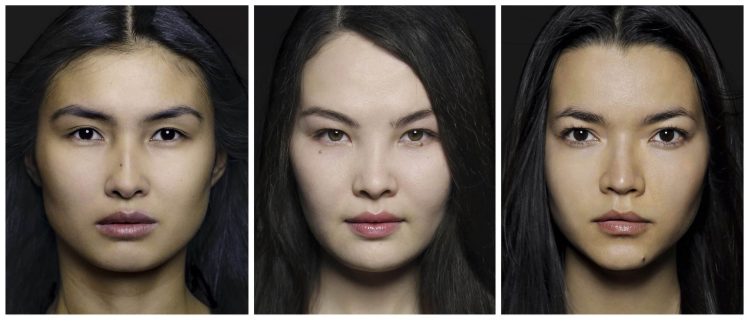
Cultural Significance of Eyebrows
1. In Asian societies, eyebrows are often considered an essential aspect of beauty and facial harmony. In countries like China, Japan, and Korea, the shape and appearance of eyebrows have historical and cultural associations. For instance:
- Symbol of Wisdom: In traditional Chinese culture, eyebrows were believed to be a reflection of one’s wisdom and intellect. Thick and full eyebrows were considered auspicious and a sign of good fortune.
- Emotional Expression: In Japanese culture, eyebrows are seen as a crucial element in expressing emotions. The art of Kabuki theater and Noh performances involve elaborate eyebrow makeup to convey different moods and characterizations.
- Youthfulness: In Korean beauty standards, straight and full eyebrows are often associated with a youthful appearance. Many Korean makeup and skincare trends focus on achieving youthful-looking brows through various techniques and products.
2. In Caucasian cultures, eyebrows also hold significance and play a role in beauty ideals and self-expression. Here are a few examples:
- Facial Symmetry: In Western cultures, well-groomed and symmetrical eyebrows are often associated with facial beauty and balance. Achieving the “perfect arch” is a common goal for many individuals.
- Individual Expression: Eyebrows can be a form of self-expression in Caucasian cultures. People experiment with different shapes, thicknesses, and styles to reflect their personal style and enhance their overall appearance.
- Fashion and Trends: Like any other fashion trend, eyebrow styles come and go in Western cultures. From thin, highly arched brows in the 90s to fuller, more natural-looking brows in recent years, fashion and beauty trends heavily influence eyebrow preferences.
- If an Asian with Round Eyes Still Looks Asian ?
When we examine the appearance of Asians, it becomes clear that eye shape alone does not define their ethnic identity. Asians possess a combination of features that collectively contribute to their recognizable look. While round eyes may be more commonly associated with other ethnicities, there are several other factors that make Asians unmistakably Asian.
Facial Features that Define the Asian Look
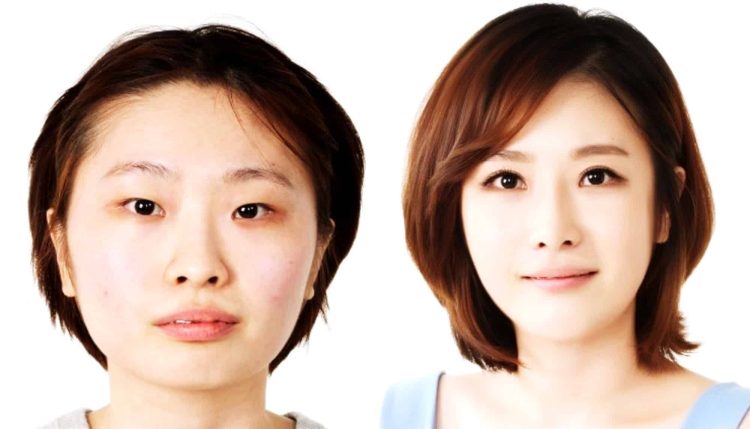
Beyond eye shape, Asians exhibit various facial features that contribute to their unique appearance:
1. Epicanthic Fold: The presence of an epicanthic fold, which creates a small horizontal flap of skin on the inner corner of the eye, is a distinctive trait commonly found in Asians. While not exclusive to Asians, this feature is more prevalent among individuals of Asian descent.
2. Cheekbones and Face Shape: Asians often have flatter and broader cheekbones, resulting in a slightly wider and rounder face shape compared to other ethnicities. This facial structure adds to the overall Asian look.
3. Nose and Lip Shape: The shape and structure of the nose and lips also contribute to the Asian appearance. Many Asians have a flatter nasal bridge and a fuller lip shape, which can be characteristic of their ethnic background.
4. Hair and Skin Tone: Asian individuals often have darker hair colors, ranging from black to dark brown. They also tend to have a wider variety of skin tones, including fair, olive, and deeper tones.
Genetic Factors in Asian Appearance
The Asian look is influenced by genetic factors that have been passed down through generations. Genetic studies have identified specific variations in genes associated with facial features that are more prevalent among Asian populations. These genetic factors contribute to the distinct characteristics commonly observed in Asians.
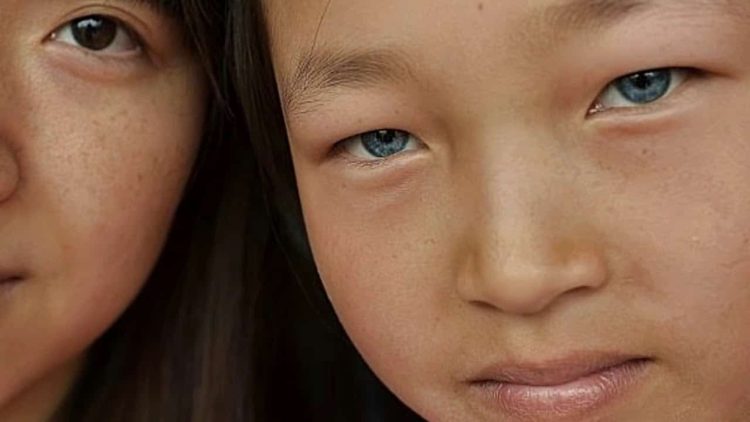
Cultural Influences on Asian Appearance
Culture plays a significant role in shaping physical appearances and beauty ideals. In Asian cultures, certain beauty standards have influenced the perception and appreciation of specific facial features. For example:
- Idealizations of Pale Skin: Fair skin has historically been associated with beauty in many Asian cultures. This preference for lighter skin tones has influenced the perception of beauty and contributed to the Asian look.
- Emphasis on Facial Harmony: Asian cultures often value facial harmony and balance. Facial symmetry, proportionate features, and an overall balanced appearance are highly regarded, contributing to the Asian aesthetic.
- Hairstyles and Fashion: Hairstyles, grooming practices, and fashion trends within Asian cultures also contribute to the Asian look. Traditional hairstyles, such as the chignon or topknot, have been popular throughout history and continue to be embraced in modern Asian styling.
Historical Background and Ethnic Diversity
Asia is a vast and diverse continent with numerous ethnic groups, each with its unique features and characteristics. The historical backgrounds of these groups have played a significant role in shaping their physical appearances. Migration, intermixing, and regional variations have contributed to the diverse range of Asian looks observed today.
FAQ: Understanding the Asian Look Beyond Eye Shape
1. Why do Asians have distinct facial features that make them look Asian?
Asians have distinct facial features due to a combination of genetic factors, cultural influences, and historical backgrounds. Genetic variations contribute to specific facial characteristics more prevalent among Asian populations, such as the presence of an epicanthic fold and flatter cheekbones. Cultural influences, including beauty standards that emphasize facial harmony and specific features like fair skin, have shaped the perception of the Asian look. Furthermore, the diverse historical backgrounds of Asian ethnicities, including migrations and regional variations, have contributed to the unique appearances observed within the Asian community.
2. Are round eyes the only defining feature of Asian appearance?
No, round eyes are just one aspect of the Asian appearance. While the shape of the eyes can vary among Asians, other facial features contribute to their unique look. These features include the presence of an epicanthic fold, flatter cheekbones, a different nose and lip shape, and a diverse range of hair and skin tones. It’s important to understand that the Asian look encompasses a combination of various facial characteristics beyond just the shape of the eyes.
3. What role do genetic factors play in the Asian appearance?
Genetic factors play a significant role in shaping the Asian appearance. Specific genetic variations are more prevalent among Asian populations and contribute to distinctive facial features. These variations can affect the shape of the eyes, cheekbones, nose, and lips, as well as hair and skin pigmentation. The influence of genetics on Asian appearance highlights the diversity within the Asian community and the unique genetic heritage of different Asian ethnicities.
4. How do cultural influences shape the perception of Asian beauty and appearance?
Cultural influences play a crucial role in shaping the perception of Asian beauty and appearance. Different Asian cultures have their beauty standards that prioritize certain facial features and aesthetics. For example, fair skin has traditionally been associated with beauty in many Asian societies, leading to a preference for lighter skin tones. The emphasis on facial harmony, symmetry, and balance also influences the perception of beauty in Asian cultures. Additionally, hairstyles, grooming practices, and fashion trends within Asian cultures contribute to the overall Asian look.
5. Is the Asian appearance the same across all Asian ethnicities?
No, the Asian appearance is not the same across all Asian ethnicities. Asia is a vast continent with diverse ethnic groups, each with its unique features and characteristics. Historical migrations, intermixing, and regional variations have resulted in a wide range of appearances within the Asian community. Different Asian ethnicities may exhibit variations in eye shape, facial structure, skin tone, and other features. Appreciating this diversity is important to understand and celebrate the richness of Asian cultures and heritage.
6. Can someone of Asian descent have features that do not fit the typical Asian look?
Yes, individuals of Asian descent can have features that deviate from the typical Asian look. Just like any ethnic group, there is natural variation within the Asian population. Factors such as intermixing with other ethnicities or having ancestry from diverse regions can contribute to variations in facial features. Additionally, individuals may have genetic traits inherited from other family members that can influence their appearance. It is essential to embrace and respect the uniqueness and individuality of each person, even within the context of their Asian heritage.
7. Do Asians with different eye shapes face different beauty standards within their own culture?
Beauty standards can vary within different Asian cultures, and this can include variations in eye shapes. While some cultures may prioritize specific eye shapes, such as double eyelids, others may have a broader range of accepted eye shapes. For example, East Asian cultures have traditionally valued the natural beauty of monolid eyes, while Southeast Asian cultures may appreciate a variety of eye shapes. It’s important to recognize that beauty standards are not universal and can differ within Asian cultures themselves.
8. Can plastic surgery alter someone’s appearance to fit the typical Asian look?
Plastic surgery can be used to alter facial features, including those associated with the Asian look. Procedures such as double eyelid surgery or rhinoplasty can enhance certain characteristics that are commonly associated with Asian features. However, it is crucial to approach plastic surgery with caution and ensure that the motivations behind it are rooted in personal choices and self-acceptance, rather than conforming to societal ideals. It is also essential to recognize that beauty comes in diverse forms, and embracing one’s unique features should be encouraged.
9. Are there stereotypes associated with the Asian look?
Yes, unfortunately, there are stereotypes associated with the Asian look. These stereotypes can oversimplify and generalize the appearance of Asians, reinforcing harmful biases. Stereotypes may include assumptions about eye shape, facial features, and overall appearance. It is important to challenge and reject these stereotypes, as they perpetuate ignorance and contribute to discrimination. Celebrating the diversity and individuality of Asians is crucial to breaking down stereotypes and fostering a more inclusive and accepting society.
10. How can we promote a more inclusive understanding of the Asian look?
Promoting a more inclusive understanding of the Asian look begins with education and awareness. It is important to recognize and celebrate the diversity within the Asian community, acknowledging the various ethnicities and their unique features. Challenging stereotypes and prejudices through open dialogue and representation in media and popular culture can also contribute to a more inclusive understanding. By appreciating the beauty and complexity of Asian appearances and embracing individuality, we can foster a society that values diversity and respects the uniqueness of every individual, regardless of their ethnic background.
Conclusion
Understanding the differences between Asian eyebrows and Caucasian eyebrows allows us to appreciate the diverse beauty standards and cultural significance attached to eyebrows in different societies. Whether it’s embracing the natural straight shape and fullness of Asian eyebrows or striving for the defined arches often associated with Caucasian eyebrows, there is a wide range of styles and preferences to cater to individual tastes. Ultimately, eyebrows serve as a canvas for self-expression and play a vital role in enhancing facial features and overall beauty, regardless of ethnicity.
